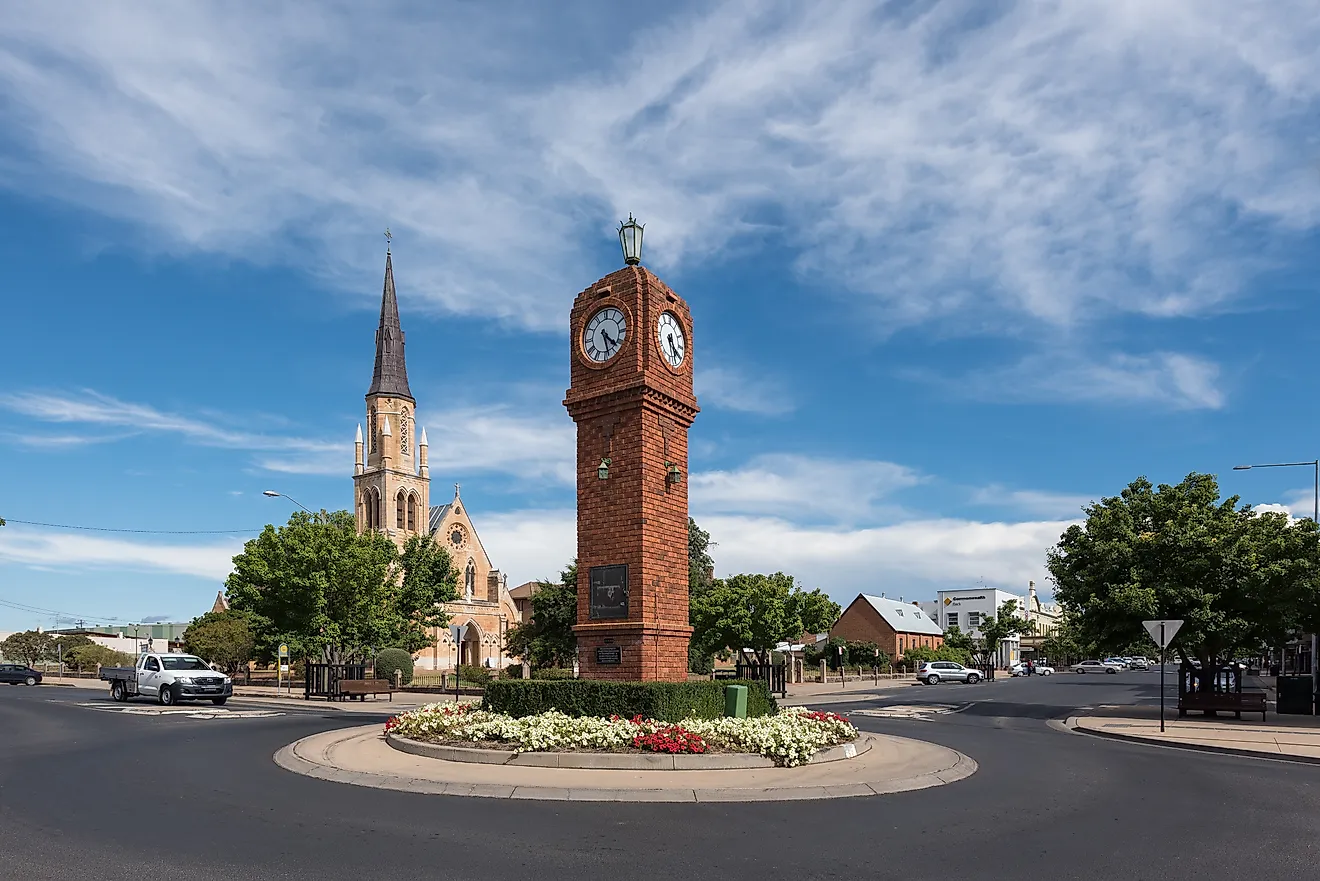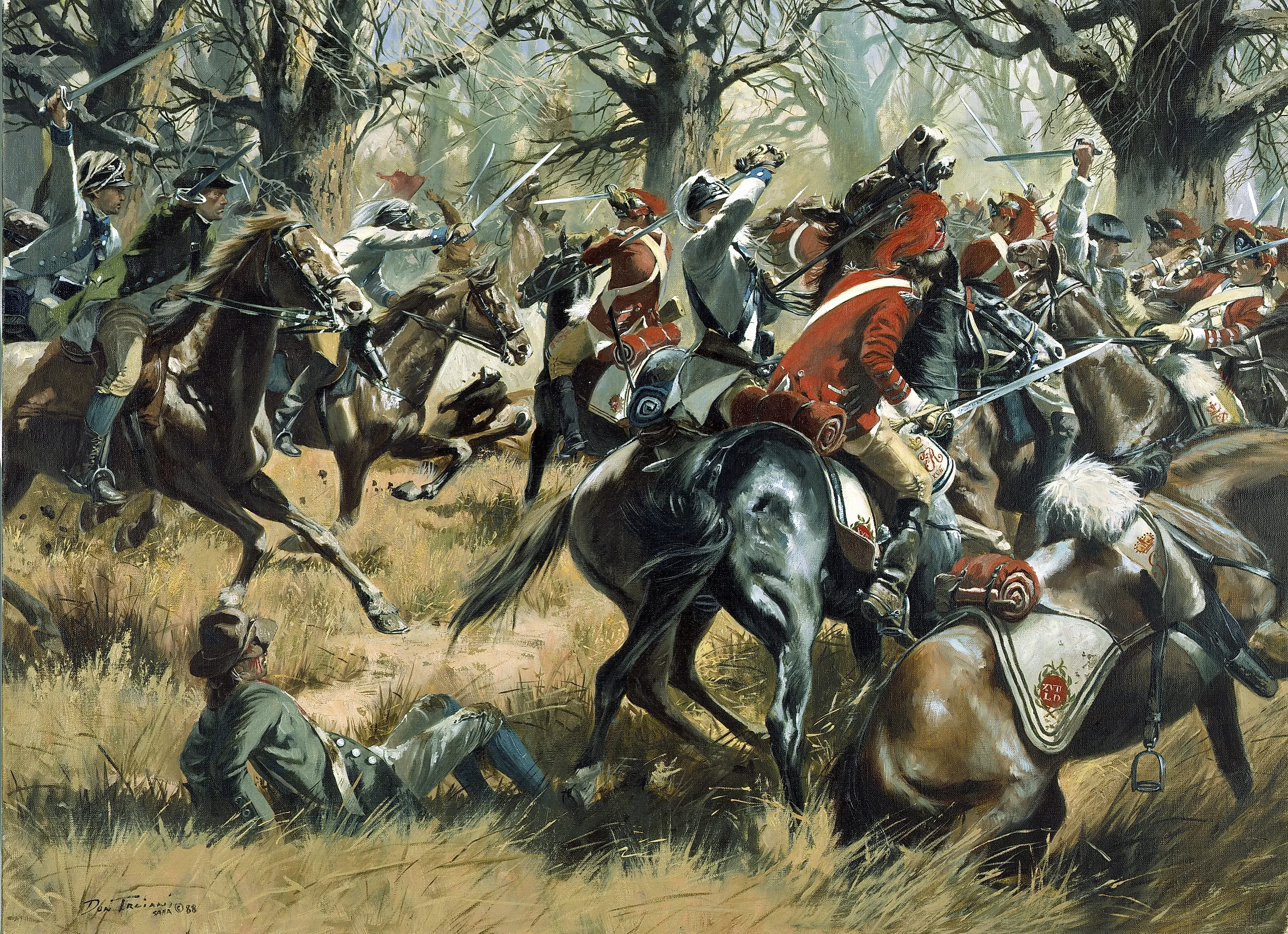
How The Cowpens National Battlefield Turned The Tide Of The Revolutionary War
As the United States anticipates its 250th anniversary of freedom from monarchical rule, many are reflecting on the decisions and strategies made so long ago that led to American victory and ultimately, democracy. A critical point of reflection is South Carolina's role in the Revolutionary War, although this is largely overlooked in the overall narrative of the war. At the time, the only colony to see more battles was New Jersey, and these Southern battles, including the Battle of Cowpens, would shape the outcome of the War for Independence.
The dawn of 1781 witnessed a significant shortage of soldiers and a decline in morale within the Continental Army, following major losses. However, a change in leadership and wise battle strategies would turn the tide of the American Revolution and instill new confidence in battle-weary American soldiers. The loss of the British at the Battle of Cowpens in South Carolina was a significant victory for the Americans in this regard.
The Southern Campaign 1776-1781
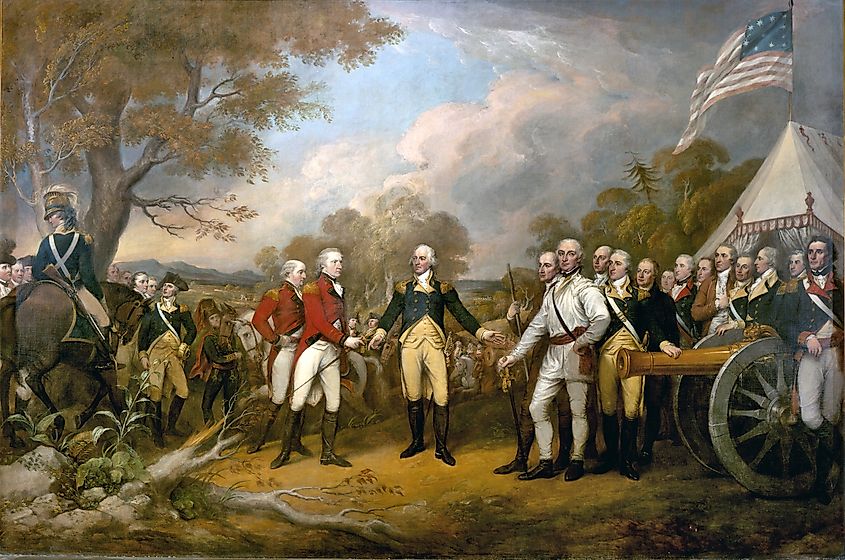
The Saratoga Campaign of 1777 was a turning point in the history of the Revolutionary War. The British defeat in the campaign compelled the British to shift their focus from the New England region to the South. Unable to suppress the strong American rebellion in the region, they now found new hope in the Southern colonies that were home to a large section of Loyalists. The South was also more lucrative economically. It is fair to say that the New England colonies were more united than their Southern counterparts, which included the Highland Scots of North Carolina and loyalist sentiment, especially in South Carolina, making the region a hotbed for civil war.
It was into this disjointed and volatile situation that the British decided to try their luck, keeping a keen eye on Charleston, the fourth-richest city in North America and the most strategic port Britain could ask for. The rich tobacco, rice, and indigo crops were also motivating factors for the British to wrest control of the South from the rebels.
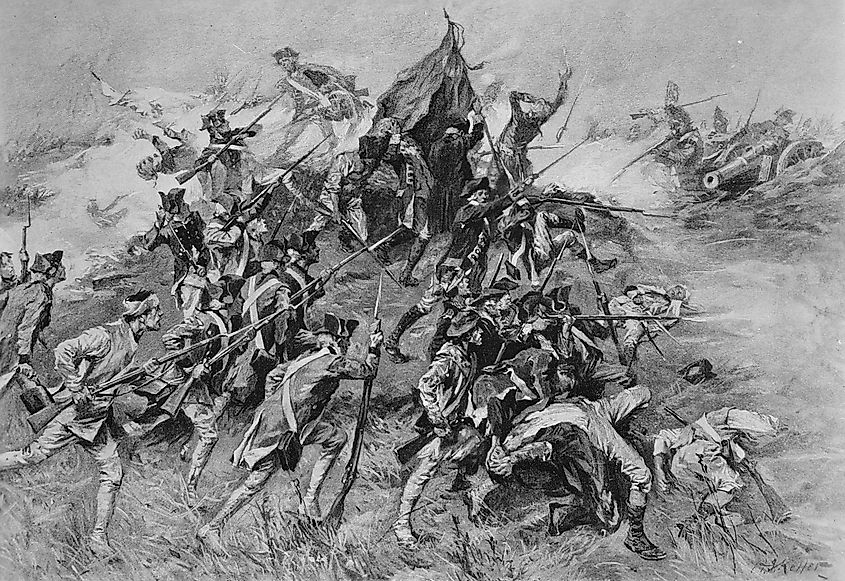
In late 1778, the British made their first attempt at seizing the Southern colonies with a foray into Georgia. It was the southernmost rebellious colony, as Florida was under British control. Savannah fell to British hands in December 1778 while Washington held the British at Bay in New York. From this point until the end of the war, American victory rested on the shoulders of the rebels, who laid the groundwork for the Battle of Cowpens.
The Battle Of Cowpens

Setting the stage for the short but pivotal battle at Cowpens on January 17, 1781, was the state of the South and the Continental Army at the end of 1780. Charleston was besieged by the British in May of 1780, resulting in a significant loss that would mark the end of an Army of 5,000 men. Later that year, the Continental Army suffered a devastating loss when General Cornwallis established a garrison and supply depot at the newly acquired site.
Daniel Morgan and his steadfast troops would take on the feared General Tarleton under dire circumstances. Morale was at an all-time low among the Continental soldiers, and Morgan had to devise a foolproof plan not only to achieve victory but also to retain the dwindling number of soldiers amid record numbers of deserters and military losses.
The Three Lines Of Defense: A Necessary Strategy Becomes A Core Military Principle

General Morgan proved to be an essential military strategist and was adept at boosting the morale of his fighting men. He and his troops were outmaneuvered and outgunned by a ruthless British General with a reputation for ruthlessness. Morgan had to have known that the odds were stacked against them—at least on paper—and devised a brilliant strategy for victory that is still studied today. His plan is called the three lines of defense, and would commence when General Tarleton and his men were at the top of the mountain, placing them at a disadvantage.
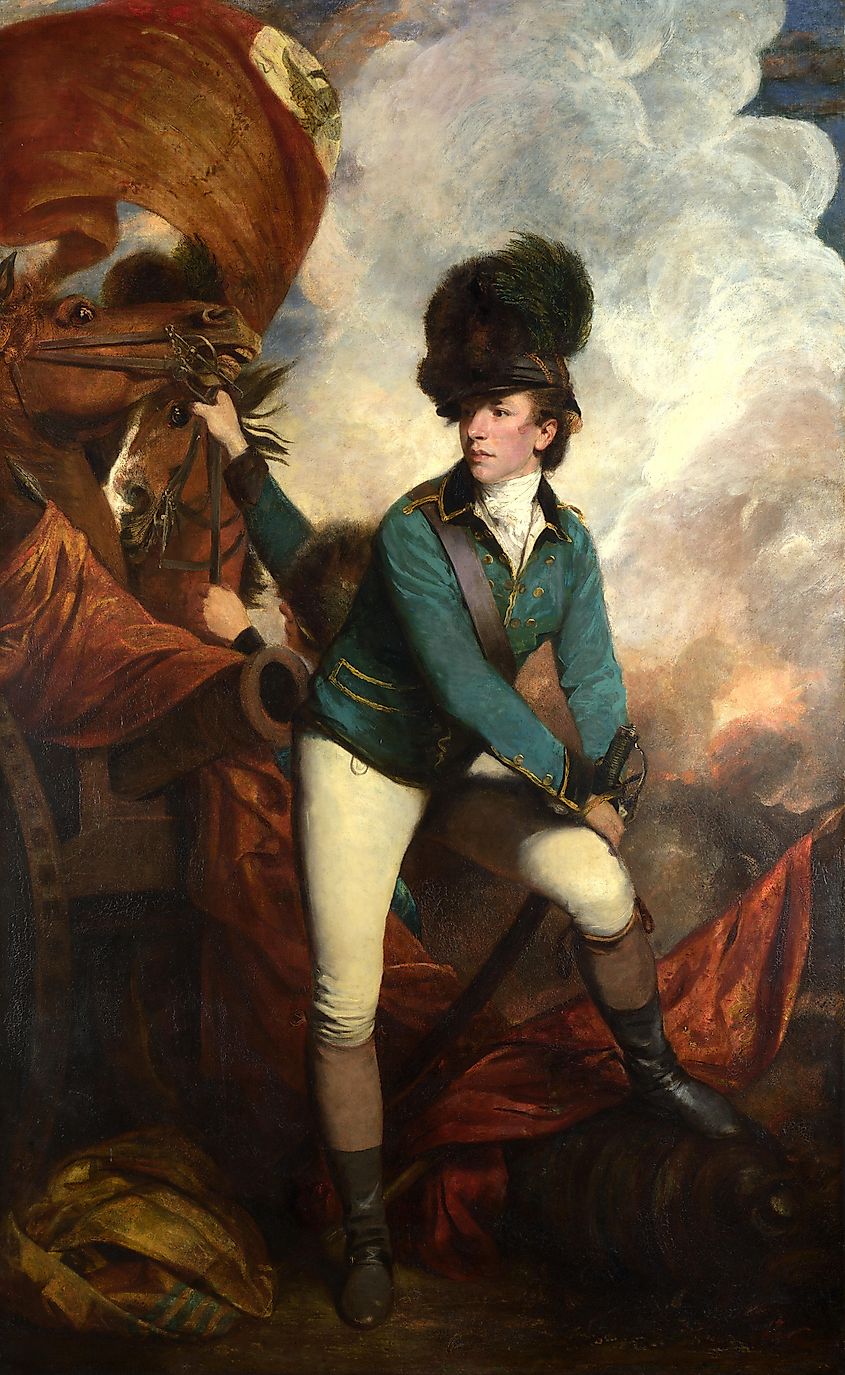
Morgan's plan required three parts to work. A small line of militia skirmishes on the front lines, who, when needing to reload, would retreat behind Colonel Andrew Pickens' militia line. Behind the second row of militia were the Continental soldiers. When the lines needed to reload, they would flank left and right, exposing a new line of armed soldiers taking aim at the British.
Finally, behind the infantry was Colonel William Washington's cavalry. When the British were on the offensive, Washington's men moved around the British right flank while Pickens led his reformed militia around the left flank, completing the double envelopment movement. The plan worked, and the British ended up with an estimated 100 dead, over 200 wounded, and over 500 captured.
The Race To The Dan
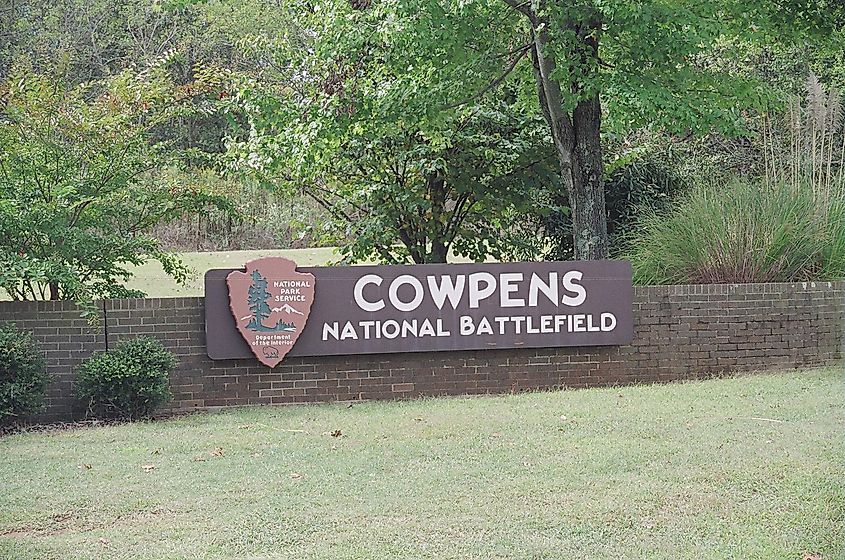
After the battle at Cowpens, Morgan needed to rest his troops and reunite with his superior officer, Greene. He knew they would be chased by the British, so reconvening with Greene in North Carolina would strengthen their numbers and their supplies. The reunion took place near the Guilford Courthouse in March 1781, where a battle similar to Cowpens would occur on the 15th. After a narrow loss, Morgan and his men headed to the Dan River on the border of Virginia, where they could strengthen their numbers with the Virginia Militia. This march north is now known as the Race to the Dan, and many contend it ensured American victory in the war.
The six-week trek led Cornwallis's men away from their resupply channels and left them tired and weak. This last leg of the war was all on the Americans' side, as loose factions of troops would convene with the British at their heels, strengthening their numbers and defeating the dwindling number of British soldiers, in an epic finish to the war that looked certain to be in the hands of the Redcoats just a few months prior.
Long-Term Effects Of The Short Battle
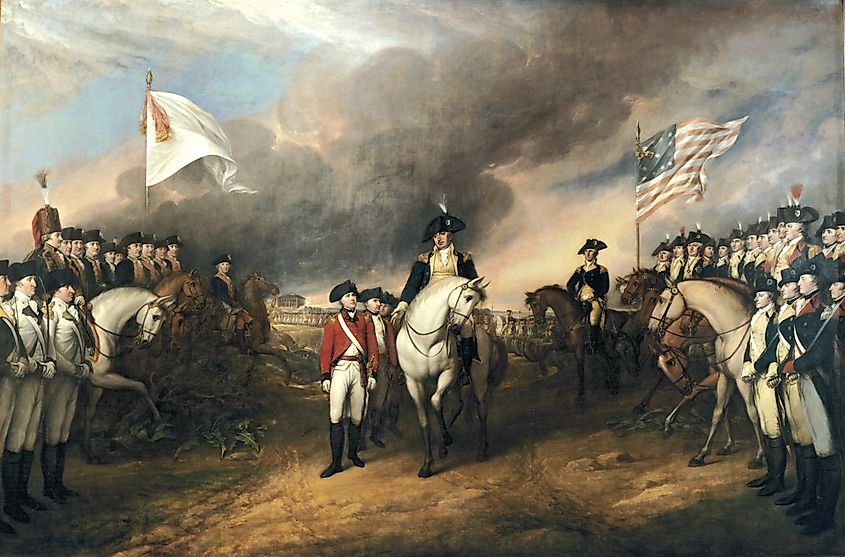
The British loss at Cowpens and the subsequent decrease in their numbers drove them to the Battle of Guilford Courthouse in North Carolina, where it was estimated that the British lost one-third of their army in another pivotal loss, putting greater pressure on the British and driving them to Yorktown, where they would ultimately surrender to General George Washington. Once the aim of the war shifted to the Southern colonies, the rebels, militia, and soldiers had to overcome several factors, including the threat of civil war, to achieve a greater cause.
Leaders like Greene, Morgan, and Swampfox Marion have been romanticized in novels for their commitment to American victory and the strategies they employed to obtain it. Battles and skirmishes like the one at Cowpens changed the tide of the war and, coupled with the British making tactical mistakes while on the move, chased the Tories to Yorktown, where they would surrender on October 19, 1781.








